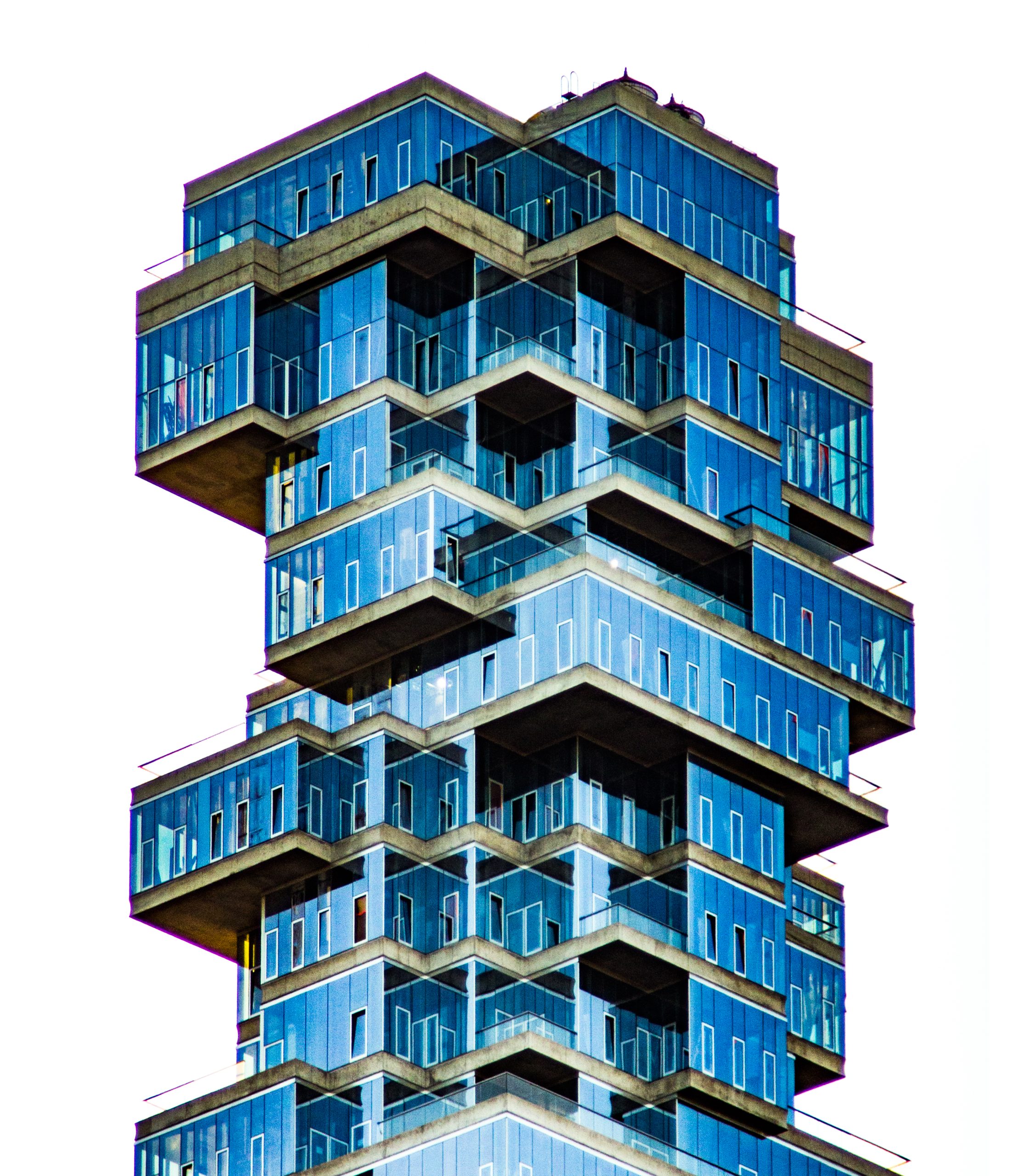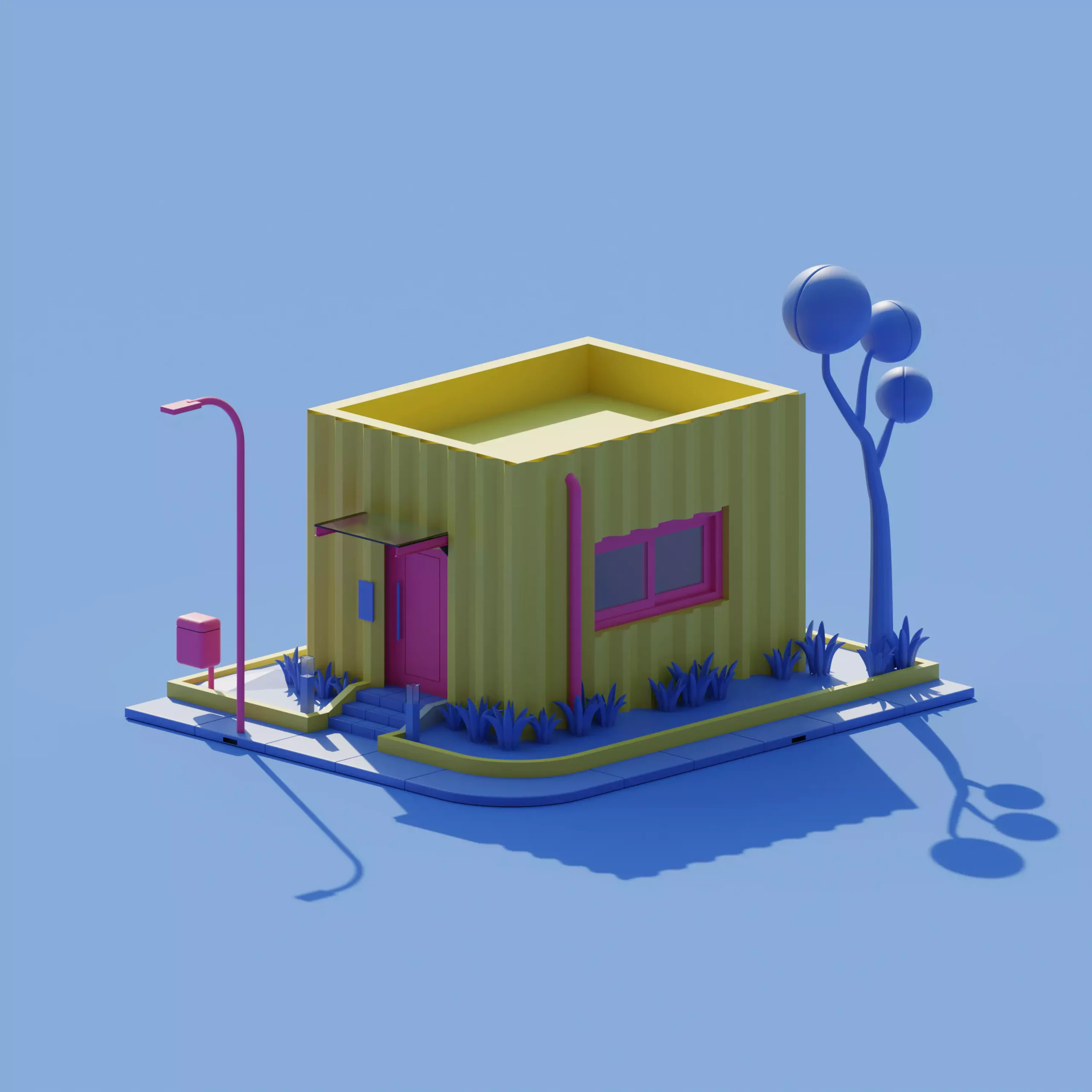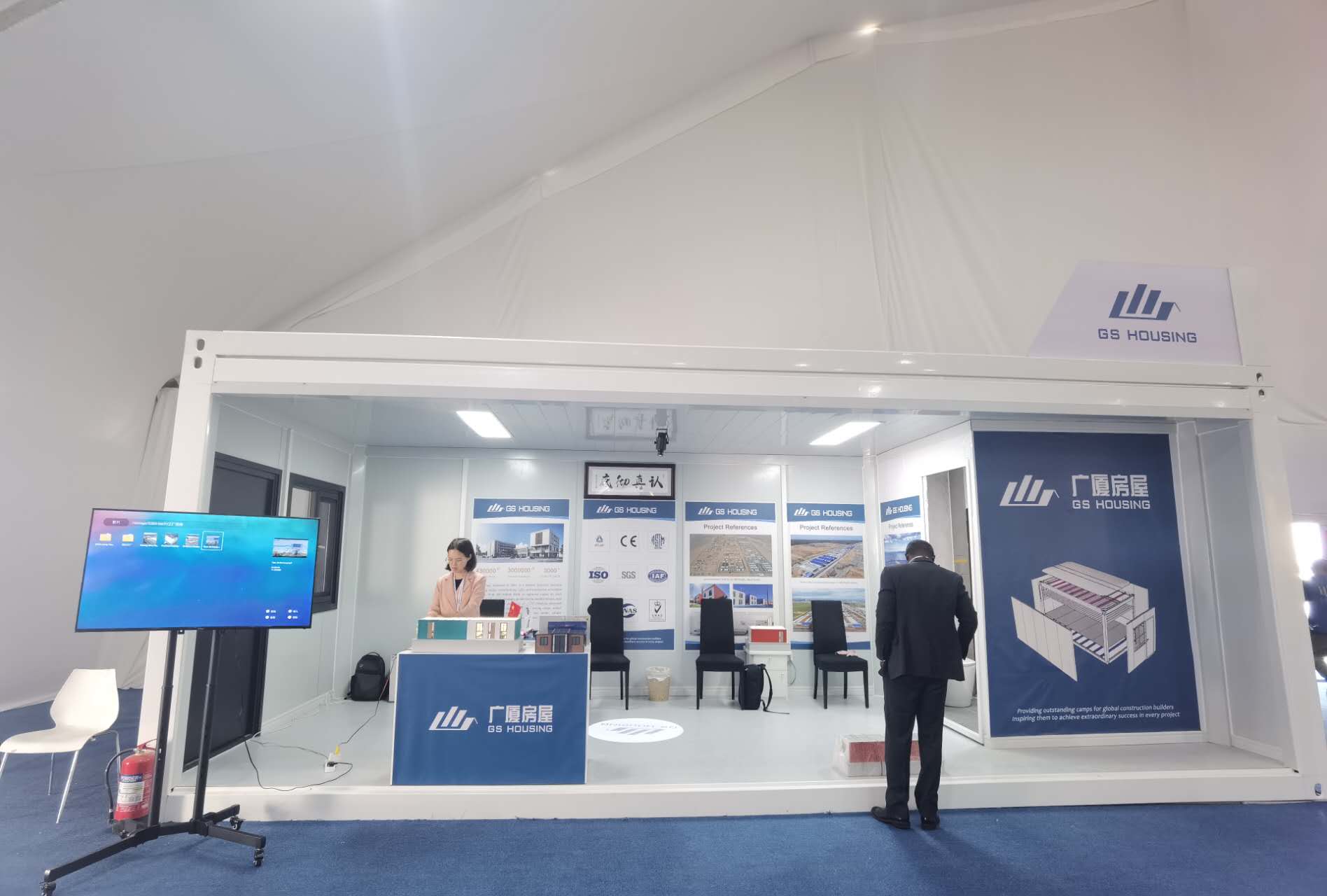How Modular Construction Enhances Efficiency in Disaster Relief Efforts
How Modular Construction Enhances Efficiency in Disaster Relief Efforts
Though modular construction has eliminated tons of waste from the building process, it can provide a much-needed tool for disaster relief by ramping up quick, scalable, and adaptable building solutions. Using this approach significantly cuts construction time, enabling critical infrastructure like shelters, hospitals, and command and control centers to be immediately put into use. Modular construction is an essential weapon to solve urgent problems of disaster relief operations since it streamlines the construction process and enables high-quality and durable structures.
The Role of Modular Construction in Disaster Relief
How Does Modular Construction Enable Rapid Deployment?
In disaster-prone regions, time is money. They offer an efficient and effective solution in the form of modular construction. To reduce the time required to assemble structures on-site, modular construction utilizes sub and complete components pre-fabricated in a factory setting. The components include but are not limited to walls, panels, columns, and even complete kitchen or bathroom units. It is the best construction form that brings together pre-fabricated integrated houses, walls, panels, columns, stairs, balconies, and whole kitchen and bathroom units which are factory-processed at the production site and assembled on-site using reliable connection methods. It reduces the delays from conventional construction methods.
Can Modular Solutions Adapt to Various Disaster Scenarios?
Modular construction is all about flexibility. Be it in offering aid for earthquakes, floods or hurricanes modular systems can be custom fit for an application. The temporary housing units can be deployed as temporary, emergency shelters and clinics (and long-term housing). This ensures that relief actions can respond to urgent challenges but also design for sustainable recovery.
What Does GS Housing Offer for Emergency Situations?
GS Housing has a niche in modular solutions specially designed for emergencies. They offer modular shelters and fully equipped medical units for various disaster relief applications. GS Housing ensures that the quality of communities is maintained and deployed within a short span under necessary situations. GS Housing with an emphasis on quality and quick deployment potential to provide only essential services when communities are at stake.
Key Benefits of Modular Construction in Disaster Relief
Utilizing modular building solutions can be a fast, scalable, and flexible approach to disaster relief. The process consists of the manufacturing of building modules outside of the building site, which are then transported and quickly erected on site. This greatly quickens the construction time of essential infrastructure like shelters, medical facilities, and command centers, allowing them to be deployed in a fast-expanding scope of service.
Why Are Speed and Efficiency Crucial in Assembly?
Modular construction is the most efficient way to design and construct a building because of its streamlined design process. The components are produced at a distant location in a controlled environment and then transported for assembly and erection. In comparison to conventional methods, this significantly reduces construction time. This rapidity can prove life-saving during disaster relief operations where immediate shelter is often critical.
How Do Modular Systems Provide Cost-Effective Solutions?
Not only is modular construction speedy, but it is also cost-effective. It ensures low cost by producing components on a large scale in factories. The economic advantage of modular units is also reinforced by the ability to reuse them in other projects.
GS Housing modular systems are a massive economic boon for disaster relief. With durable designs, they last long and require very little maintenance in the long run. In addition, reusable structure makes them the best option for organizations who want to conserve more resources during calamities.
Enhancing Shelter and Infrastructure with Modular Construction
How Do Modular Units Address Shelter Needs?
Modular construction provides both temporary shelters and long-term housing options for displaced populations. These units are designed to withstand harsh conditions while offering comfort and safety to occupants.
Can Modular Systems Establish Emergency Healthcare Facilities?
During a disaster, modular solutions are highly beneficial in the healthcare sector during times of disaster. Modular medical units — able to be assembled quickly, a field clinic or hospital can be created in areas that have been hammered. These establishments have basic medical infrastructure that aids medical practitioners in providing timely treatment.
GS Housing’s modular medical units are tailored for emergency healthcare needs. These units combine functionality with durability, ensuring they can operate effectively even under challenging conditions. To explore their innovative projects further, visit GS Housing.
Environmental and Logistical Advantages
How Does Modular Construction Reduce Waste and Resource Consumption?
There are enormous environmental benefits to modular construction as it helps in waste reduction and resource optimality. Manufacturing is executed in controlled factory conditions, which allows for accuracy and fewer raw material wastes. It includes putting together prefabricated parts like integral homes, walls, sections, pillars, staircases, porches, and complete food preparation and showering device sections, which are manufactured in facilities and constructed directly on-site by using solid link methods. The resource and footprint savings are substantial because of this efficient design.
GS Housing’s modular houses built sustainably by utilizing advanced manufacturing technology and efficient design principles, generate less waste during their production process. Each module is manufactured using sustainable materials while complying with strict quality standards. To learn more about their unique solutions, navigate to GS Housing.
How Are Transportation and Storage Needs Simplified?
Logistics are greatly simplified by the small size of the modular units. These are factory-made components that can be easily ferried to the site of a disaster or some remote area where delivery is not a problem. Because they can be stacked, they take up less space when stored and are well-suited for rapid deployment scenarios.
GS Housing’s modular units are engineered with compactness in mind. Their design facilitates straightforward transportation and assembly while maintaining structural integrity. This ensures that relief operations can proceed without unnecessary delays or logistical challenges.
Future Applications of Modular Construction in Disaster Relief
How Can Modular Technology Expand Its Role in Crisis Management?
Modular construction is a key part of disaster relief in the future. Besides giving immediate shelter, modular systems can, in addition, be customized for unique functions, including transportable universities, administrative officials workplaces, and even social centers in affected areas. To serve both immediate requirements and capable of addressing long-term recovery objectives.
What Innovations Could Address Emerging Challenges?
To tackle such rising disaster complexities in the days of climate change and urbanization, modular construction needs to mature to this (or even a greater) challenge. Their functionality could further be increased with much-needed innovations like better insulation for harsher climates or coupling with renewable energy systems. GS Housing keeps evolving, adding the ability to integrate additional functional modules that would address a range of crises.
FAQs
Q1: How do modular designs contribute to environmental sustainability?
A: They reduce waste through precise factory-controlled production processes and utilize eco-friendly materials.
Q2: Can modules be tailored to various disaster situations?
A: Yes, their design can be customized according to the specific need; it can be used as a temporary shelter, mobile medical unit, or as an infrastructure for educational purposes.
Q3: GS Housing’s modules are unique in disaster relief — what sets them apart?
A: Their modules are space-efficient, as well as robust, long-lasting, and sustainable, enabling rapid installation and extended service capabilities.








